AI has transformed from a specialized technical concept into a technology that shapes our daily lives. Originally coined in 1956, AI’s growth has been dramatic, with U.S. investments reaching $50 billion annually by 2022. The technology has evolved from simple reactive machines to systems with limited memory capabilities that have changed how computers and humans interact.
Many people still question AI’s practical meaning despite its adoption. This piece will get into AI’s core concepts, from simple definitions to various types of artificial intelligence. We’ll definitely explore how AI helps machines simulate human learning, comprehension, and problem-solving abilities. The technology’s real-life applications span healthcare, finance, and customer service sectors. Recent breakthroughs like generative AI can create original text, images, and videos.
Artificial intelligence lets computers mimic human cognitive functions at its foundation. Traditional programming makes machines follow specific instructions, but AI systems can reason, learn and solve problems on their own. NASA defines AI as “any artificial system that performs tasks under varying and unpredictable circumstances without significant human oversight, or that can learn from experience and improve performance when exposed to data sets.”
EMBED VIDEO → https://www.youtube.com/watch?v=c0m6yaGlZh4
Defining artificial intelligence in simple terms
Computer systems designed for human-like intelligence tasks form the basis of AI. These systems can solve problems, perceive information, understand concepts and make decisions. AI technology processes massive data sets to spot patterns, predict outcomes and get better over time. A chess program that learns from past games or virtual assistants that understand your questions show AI working in real life.
Smart algorithms power every AI system and help machines learn independently without specific programming for each case. Just like humans improve through practice, these systems develop their capabilities by analyzing data.
How AI compares to human intelligence
The fundamental structure sets human and artificial intelligence apart. Our brains use neural “wetware” while AI operates on digital hardware and software.
Processing speed
AI signals travel at nearly the speed of light, whereas human neural signals move at just 120 m/s maximum.
Memory capacity
AI systems can store and access virtually unlimited information without forgetting.
Communication
AI systems can connect directly with each other, while humans must communicate through limited-bandwidth language and gestures.
Humans excel at emotional intelligence, creativity and intuitive understanding. AI performs well in specific tasks and pattern recognition but lacks true consciousness and emotional experience. Human thinking remains superior in adaptability, understanding context and applying abstract concepts in various situations.
The difference between AI, machine learning, and deep learning
These concepts fit together like nested circles. AI forms the outer ring, containing machine learning, which holds deep learning inside
Artificial intelligence represents machines doing tasks that usually need human intelligence.
Machine learning helps computers learn from data without explicit programming.
Systems can spot patterns and decide based on training examples instead of following preset rules.
Deep learning works as a specialized type of machine learning.
It uses neural networks with multiple (“deep”) layers to handle information similar to the human brain.
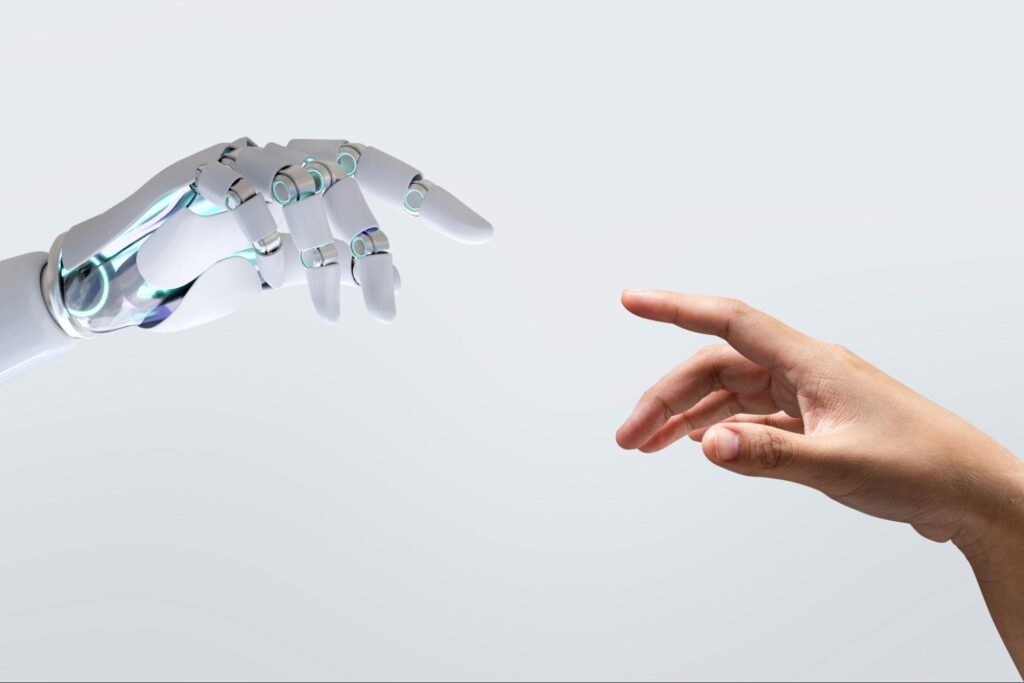
This structure explains why deep learning qualifies as machine learning, and all machine learning counts as AI (but not the other way around).
How Artificial Intelligence Works
AI works through data processing with specialized algorithms. Here’s how these systems actually work.
The role of data and algorithms
AI systems cannot function without data. These systems learn by analyzing information that’s big, from structured tables to unstructured images and semi-structured JSON files. System performance depends on the quality, quantity, and diversity of this data. Better data produces more accurate predictions, while poor data results in mistakes.
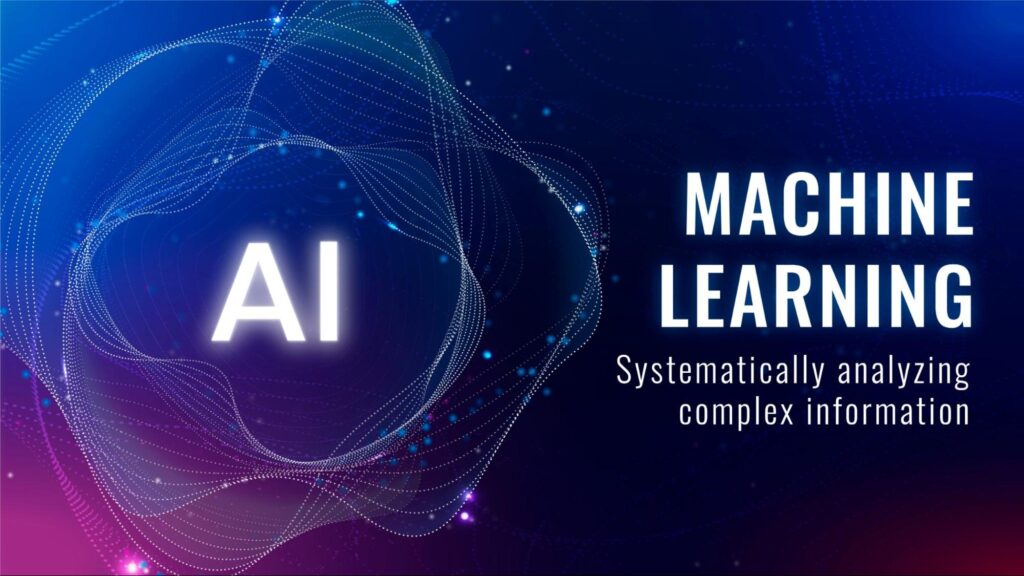
Algorithms serve as the brain of AI systems. These mathematical formulas help machines process data, spot patterns, and make decisions. Systems can adapt through information exposure rather than needing explicit programming for each scenario, similar to how humans learn from experience.
Supervised learning
Uses labeled datasets with known target outcomes to help models understand input-output relationships.
Unsupervised learning
Analyzes unlabeled data to find hidden patterns without preset categories.
Reinforcement learning
Teaches algorithms through rewards and punishments, so they learn optimal behaviors through trial and error.
Semi-supervised learning
Blends small labeled datasets with larger unlabeled ones to learn more efficiently.
Deep learning represents a specialized branch of machine learning that uses multi-layered artificial neural networks. These networks take inspiration from the human brain and consist of connected nodes (neurons) that process information through weighted connections. Each neuron takes inputs, performs calculations with activation functions, and sends outputs to the next layer.
Large language models are transformer-based neural networks that train on massive text datasets. Transformers analyze entire sequences at once, unlike older recurrent neural networks that process inputs one after another. This approach significantly cuts down training time. Models like GPT-4 (175 billion parameters) and Claude 2 use word embeddings to understand relationships between words. This capability helps them grasp context and create human-like text.
Types of Artificial Intelligence
AI technology includes many different categories. Each category shows varying levels of capability and independence. These classifications help us understand where we are now and what might be possible in the future.
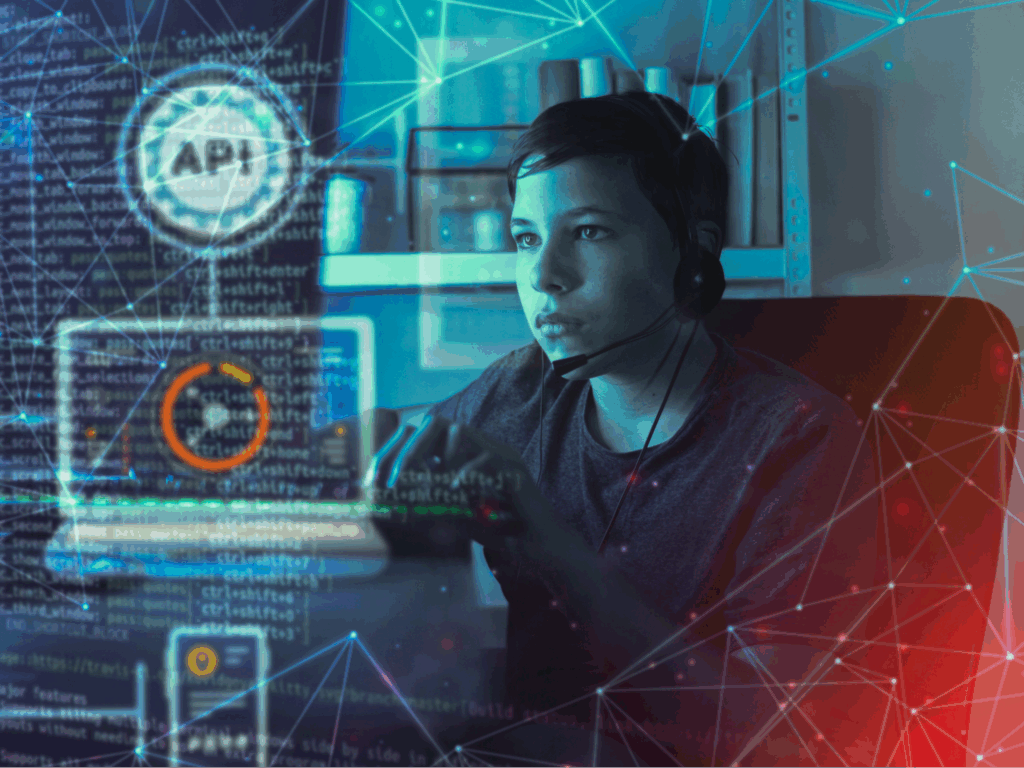
Narrow AI (Weak AI)
Narrow AI, also called weak AI, remains the only type of artificial intelligence available today. These systems excel at specific, clearly defined tasks but can’t work beyond their programming limits. Virtual assistants like Siri and Alexa, streaming platform recommendations, and self-driving cars are prime examples. The “weak” label might be misleading because narrow AI processes and completes assigned tasks faster than humans, which leads to better efficiency in organizations.
Artificial General Intelligence (AGI)
AGI describes theoretical systems that can understand, learn, and think across different fields at human levels. Unlike narrow AI, AGI would grasp and solve problems without specific programming for each task. This “strong AI” would think like humans do – with reasoning, problem-solving skills, and the ability to adapt to different situations. Expert opinions vary on when AGI might arrive. Most predictions range from the early 2030s to mid-century, though some believe it could come sooner (or never happen at all).
Artificial Super Intelligence (ASI)
ASI describes an intelligence that would surpass human abilities in almost every way. This superintelligence would make better decisions and solve problems more effectively than humans. It might even develop its own emotions, beliefs, and desires. ASI could help solve humanity’s biggest challenges in healthcare, physics, and other fields. However, it also brings major risks if its goals don’t match what humans want.
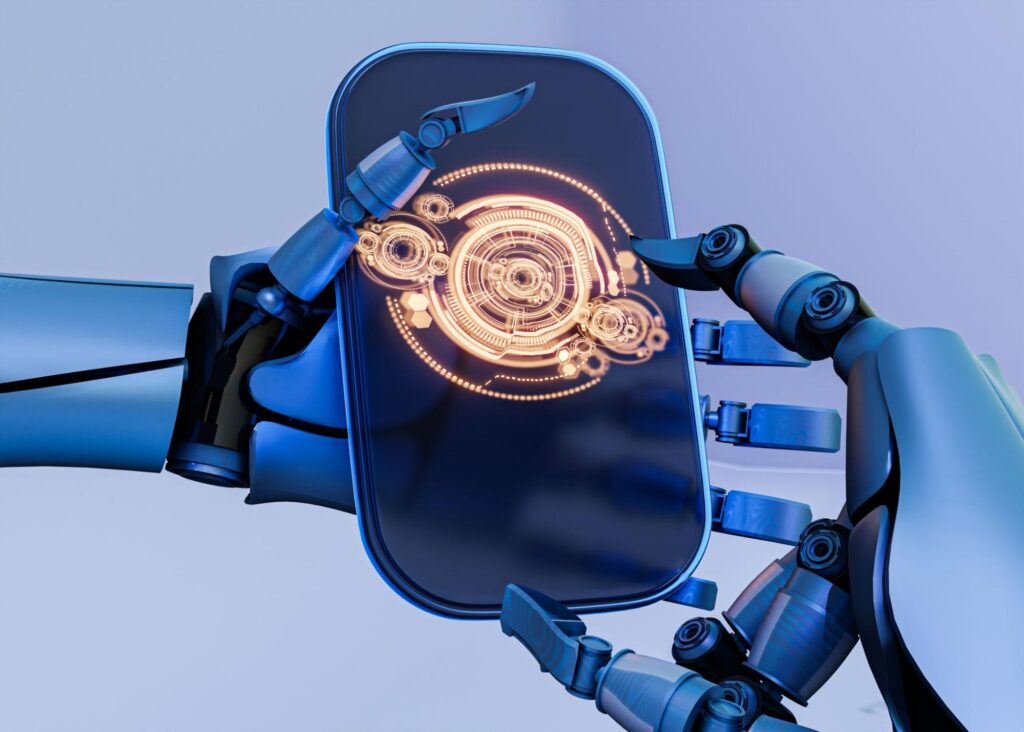
Reactive machines vs limited memory systems
Reactive machines only respond to what’s happening right now without remembering past events. IBM’s Deep Blue chess computer shows this perfectly (it looks at the current board without remembering previous games). Limited memory AI systems work differently. They temporarily store recent information and use it, just like self-driving cars track nearby objects to move safely.
Theory of mind and self-aware AI
Theory of mind AI remains purely theoretical. These systems would understand that human thoughts, beliefs, and intentions drive behavior. They would recognize emotions and change their responses based on them. Self-aware AI represents the ultimate goal (machines that know they exist). They would have human-like needs and emotions, understanding both their own mental state and others’ thoughts.
AI applications are changing major sectors of the global economy faster than ever. These changes bring real benefits to businesses and consumers alike, from spotting diseases to catching fraud.

AI in healthcare and medicine
AI is changing patient care in many ways. Machine learning algorithms help detect diseases early and make diagnoses more accurate. Healthcare practitioners can now customize treatment plans based on each patient’s genetic makeup. An IBM client built a predictive AI model for premature babies that spots severe sepsis with 75% accuracy. AI-powered tools give radiologists extra help to analyze CT scans, x-rays, and MRIs. These tools catch problems that human eyes might miss. Research shows AI systems with neural networks match human radiologists in finding signs of breast cancer.
AI in finance and fraud detection
Banks and financial firms use AI to catch everything from simple theft to complex fraud schemes. Machine learning solutions spot unusual patterns in data automatically. This cuts down false alerts by filtering out wrongly flagged cases. PayPal managed to cut its false alerts in half with AI. Royal Bank of Scotland saved over $9 million by running a year-long test. They used AI to check small business transactions for fake invoices.
AI in customer service and chatbots
AI-powered virtual assistants have changed customer service completely. These assistants give instant answers to customer questions any time of day. The systems use natural language processing and machine learning to talk with users naturally. They help ease anxiety, depression, and other issues. About 27% of Americans now talk to AI several times each day.
AI in transportation and self-driving cars
Self-driving cars use sensors and algorithms to see their surroundings, spot obstacles and traffic signals, and make quick decisions. This tech aims to cut down human error (which leads to about 93% of road accidents) and make roads safer.
AI in content creation and generative tools
Content creation tools use AI to make engaging content for different platforms. Apps like CapCut and Canva now offer AI features that help brainstorm ideas, write SEO captions, and create videos from scripts. As a result, 51% of marketers now use AI to create content. Even better, 80% plan to use it more in the next year.
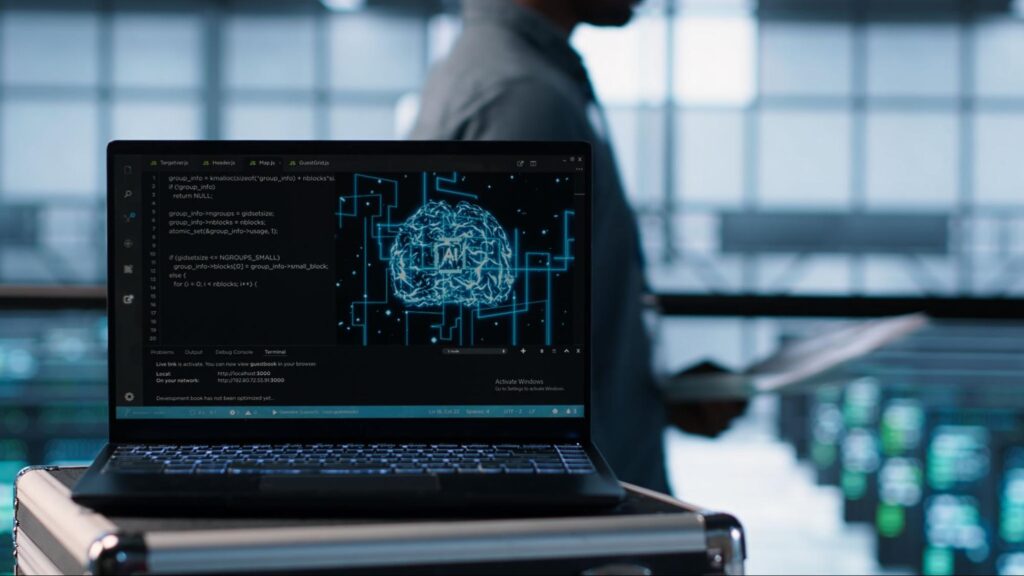
So What is Artificial Intelligence?
AI has evolved from a theoretical concept into a practical technology that reshapes the scene of our daily lives. This piece explores how AI helps machines copy human thinking while processing amounts of data at speeds we’ve never seen before. All the same, today’s AI stays in the “narrow” category. It excels at specific tasks but lacks true consciousness or emotional understanding.
The strongest evidence shows that machines perform better than humans at computational tasks. Yet they can’t match natural understanding and flexibility in a variety of situations. The difference between AI, machine learning, and deep learning shows a ladder of smarter approaches. Each builds on what came before.
Ground applications show how AI affects many sectors. Doctors spot diseases earlier and create custom treatments. Banks stop fraud more efficiently. Support teams use virtual assistants that answer user questions right away. Self-driving cars promise safer roads by removing human mistakes.

Tomorrow’s possibilities bring both excitement and challenges. General artificial intelligence exists only in theory but could change how humans and machines interact. Super intelligence might fix our biggest problems or create new ones we haven’t imagined.
The key lies in grasping this technology’s strengths and limits. AI tools deliver the best results when combined with human wisdom, creativity, and ethical guidance. We find ourselves at an interesting turning point. Machines enhance our human qualities instead of taking their place. The focus moves from defining AI to finding ways this technology can create a better world.
Facts About Artificial Intelligence
What exactly is artificial intelligence in layman’s terms?
Artificial intelligence refers to computer systems designed to perform tasks that typically require human intelligence. These systems can reason, learn, and solve problems independently by processing vast amounts of data to recognize patterns and make decisions.
How does AI compare to human intelligence?
While AI excels at processing information quickly and handling large datasets, it lacks the emotional intelligence, creativity, and intuitive understanding that humans possess. AI operates on digital hardware, whereas human intelligence relies on biological neural networks.
What are some real-world applications of AI?
AI is widely used in healthcare for early disease detection, in finance for fraud prevention, in customer service through chatbots, in transportation with self-driving cars, and in content creation with generative tools for producing text, images, and videos.
Is artificial intelligence capable of taking over the world?
Current AI systems are narrow in scope and lack the general intelligence, self-awareness, and complex reasoning abilities required to take over the world. They are designed and controlled by humans, with ethical guidelines and safety measures in place to ensure responsible use.
What’s the difference between AI, machine learning, and deep learning?
AI is the broadest concept, encompassing machines that perform tasks requiring human-like intelligence. Machine learning is a subset of AI that allows systems to learn from data without explicit programming. Deep learning is a specialized form of machine learning that uses neural networks with multiple layers to process information.









